Military Park
Introduction
Author-Uploaded Audio
Narration provided by Cory Castoe
Text-to-speech Audio
“We want people to know in the future where the first Vietnamese settled when they came to Oklahoma. We want them to come here and see the best of Vietnam with the best of America.”
Established in 1928, Military Park has from an irrelevant slice of land to a neighborhood park and ultimately the heart of Oklahoma City's Asian District.
Images
Military Park
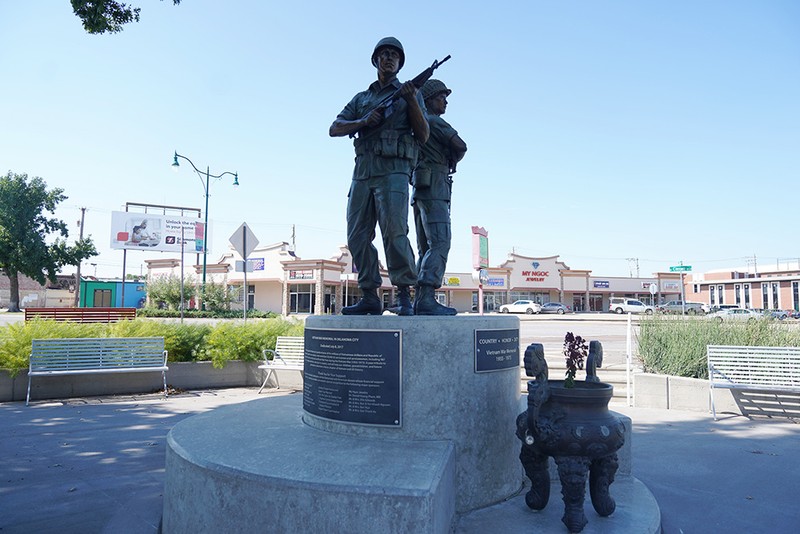
Military Park
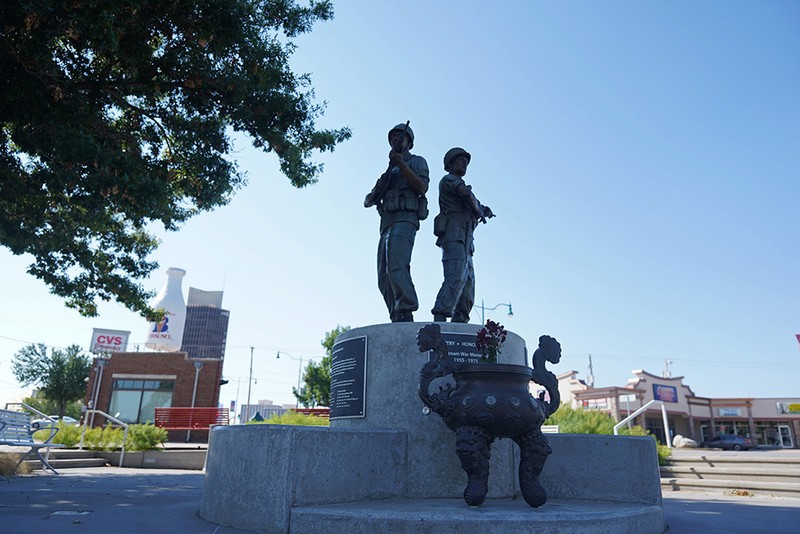
Military Park
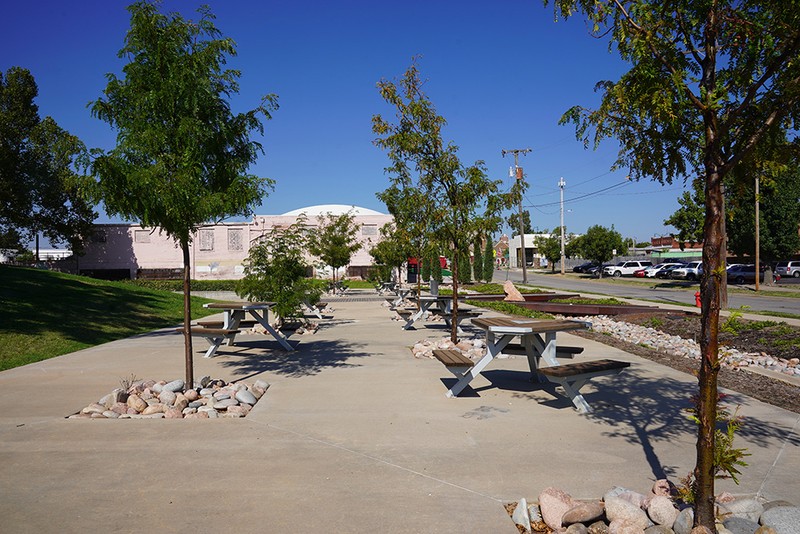
Military Park
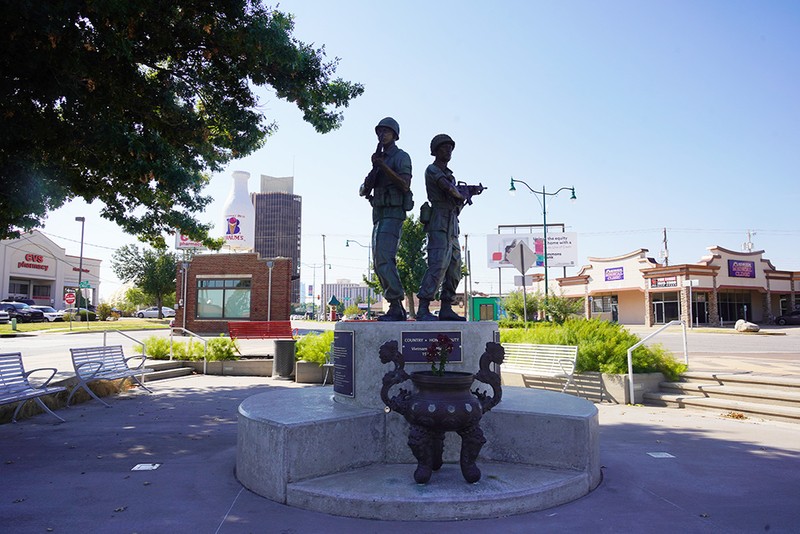
Military Park
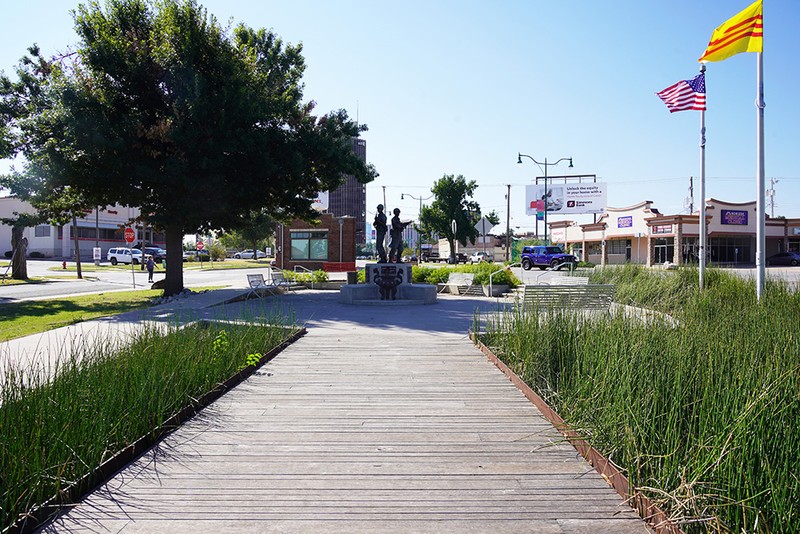
Backstory and Context
Author-Uploaded Audio
Narration provided by Cory Castoe
Text-to-speech Audio
Real estate developer Israel M. Putnam didn’t plan for it to happen but the neighborhoods and parks he created in the early 1900s evolved into a compelling symmetry over 100 years later. Putnam was attracted to this area of the city during the construction of the streetcar line that ran along today’s Classen Blvd. around 1903. About one mile north of here he created Putnam Heights and built Putnam Park (now Memorial Park) next to it. South of that he built Military Park Addition, which got its name from the Oklahoma State Military Institute, a boys’ military school, at NW 36 and McKinley. This large neighborhood stretched all the way to Western Ave. and included a street that Putnam named Military Ave. which ran from Putnam Park to NW 23. After just two years the military school closed in 1905 but its namesake neighborhood and street live on.
When the city renamed Putnam Park to Memorial Park to honor war veterans in 1928, people found it fitting that Military Ave. led to Memorial Park. About the same time, the land for this park was donated to the city and park officials followed tradition by assigning the name of the adjacent street to the park, thus this park became Military Park. This park served the surrounding neighborhoods for many decades, never more so than after the arrival of the Vietnamese community following the Vietnam War in the 1970s. The park became an important place for the community as they worked hard to make a new life in a new land and many residents still refer to the area around Military Park as “the Vietnamese heart.”
As the neighborhood prospered and became known as the Asian District, Military Park was transformed into a memorial plaza to honor Vietnam War veterans from America and South Vietnam. The Vietnamese American Community of Oklahoma City raised funds to provide a statue called “Brothers in Arms” that depicts American and Vietnamese soldiers standing in solidarity. Today, over 100 years after I. M. Putnam developed this area Military Avenue appropriately connects the Vietnam War memorial in Military Park with Memorial Park.
Sources
Whelchel, Lindsay. "Vietnamese-American Group Continues Quest for Monument." Daily Oklahoman (Oklahoma City) September 4th 2016. , D sec.6.
Crum, William. "Vietnam War Memorial Sculptor Selected." Daily Oklahoman (Oklahoma City) September 1st 2017. .3.
Christopher Cockrum
Christopher Cockrum
Christopher Cockrum
Christopher Cockrum
Christopher Cockrum
